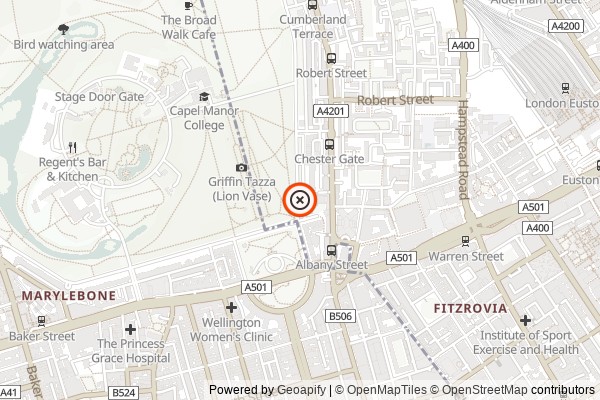Location
Royal College Of Physicians,
Regent's Park,
London,
NW1 4LE
Dates
This exhibition CLOSED on Thu, 26th Jul 2018
This exhibition has finished.
Cost: Free of Charge
Description
Working in the midst of the turbulent 17th century, his experiments overturned almost two thousand years of medical theory, revealing that blood was not ‘concocted in the liver’, but circulated from the heart. In so doing he changed the conception of physiology, and life itself, forever.
The discoveries of this reluctant revolutionary led to the birth of many medical disciplines, from cardiology to modern haematology, and ultimately to the slow death of the ancient ‘cure’ of blood-letting.
‘Ceaseless motion: William Harvey’s experiments in circulation’ a special exhibition at the Royal College of Physicians from 19 January to 26 July 2018, dissects Harvey’s work, its reception by contemporaries and the legacy of a man regarded by many as being as important to the development of medicine as Newton was to physics and Darwin to biology.
The displays honouring the life of one of the college’s most famous and influential fellows, form part of the organisation’s 500th anniversary celebrations, marking its foundation in 1518.
From the Royal College of Physician’s own astonishing collections come antique copies of works by the long-established medical authorities of Harvey’s time. A 16th century volume of the ancient Greek physician Galen, advancing his theories of blood, sits side by side with a version of the pioneering medieval anatomist Mondino de Luzzi’s guidebook to dissection from the 15th century.
A selection of Harvey’s rare remaining personal effects are also on display, including his original Diploma of Medicine, awarded by the University of Padua in 1602, the demonstration rod he used during his lectures, and letters written in his own hand.
In a case shared with a striking cast of the human heart, on loan from London’s Hunterian Museum, are the exhibition’s most vital objects: Harvey’s seminal publication, de Mortu Cordis, in a first edition of 1628 and the first English language version published in 1653. In these two works, rarely seen in their original form, William Harvey quite simply transformed the way in which we understand the human body and its processes.
As a selection of 17th century texts on display reveals, reaction at the time was mixed. Books and prints from the birth of the age of enlightenment tell the story of initial hostility giving way to an acceptance and appreciation of Harvey’s ground-breaking experimental science.
Less well known is the great legacy Harvey left to the Royal College of Physicians. A deed of gift and college annals tell of lands, a library, museum and endowments bestowed on the organisation. Though much of this bequest was lost in the Great Fire of London Harvey’s intellectual legacy lives on.
Visitors can see a selection of important Harveian Orations, given annually across the centuries at the Royal College of Physicians in the great man’s honour. From 1755, Robert Taylor explains the benefits of smallpox inoculation, decades before Jenner would develop a vaccine. In 1985 Dame Sheila Sherlock, the founder of the modern specialism of hepatology, became the first woman to deliver the lecture.
With an array of images of Harvey from his own time and after, including the famous ‘Rolls Park’ portrait on loan from the National Portrait Gallery, the esteem and regard in which he has been held by fellow scientists and medics for over 400 years is clear, the historical picture complete.
Joining artefacts charting Harvey’s life, achievements and influence is a new work by the award winning contemporary artist Angela Palmer. Palmer, who is represented in the permanent collections of The Ashmolean Museum, Oxford and Smithsonian, Washington DC, amongst others, will respond to the exhibition and the Harvey’s legacy in her own distinctive style.
This exhibition places William Harvey where he truly belongs: at the heart of the history of medicine, science and our modern understanding of the human body and life itself.
Contact and Booking Details
More information at this website.
No need to book tickets - just turn up on the day.
Disclaimer
The information and prices in this listing are presumed to be correct at the time of publishing, but please always check with the venue before making a special trip.
All images are supplied by the exhibition organiser.
This exhibition has finished.
This event runs over several days/weeks. Dates include:
Location
Royal College Of Physicians,
Regent's Park,
London,
NW1 4LE







